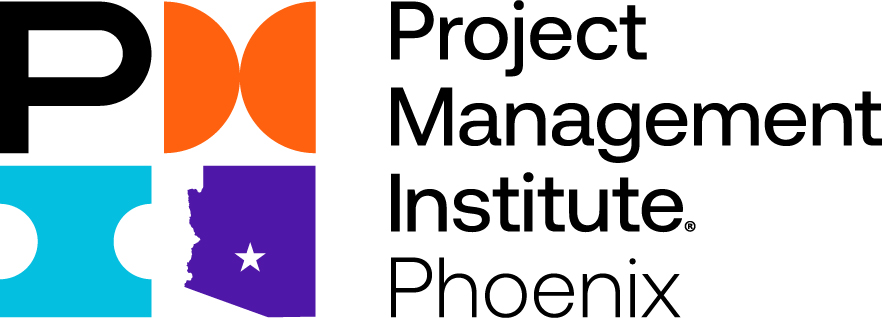Kyle joined the chapter in 2014 and has been a volunteer since 2017. He is part of the team that has integrated and developed our technology tools so that we can focus more of our volunteer time on getting things done rather than on the mundane administrative operational tasks.
A little bit about Kyle, did you know that he was a police officer and deputy. His proudest moment was when his mom pinned on his badge. The people who know him describe him as a person with good intentions which makes sense since he has served his community.
Kyle identifies himself as an engineer and a gear head on his Mustang convertible so basically, he likes to fix things and make it work. He thrives and is driven due to his family, his motivator. Kyle's greatest joy is taking his wife and grandkids on a car ride enjoying nature and letting time stand still. His advice to others, "keep things simple, or at least make complex things simple for others. It makes more of an impact than most people think it will." Continue to try new adventure, Kyle embraces being a grandfather and playing with the kids while teaching new things, like caring for the environment so the planet remains beautiful. "Educating youth makes me feel good - it is a connection to the new generation to get kids interested in cars and while making memories and it’s a cool thing to share." Kyle worries about the younger education quality. Everyone needs to focus on being educated and about their impact your personal world to make things better.
As an engineer he identifies with is analytical side and grew up with the arts. Kyle's heroes is his parents who taught him to mix technology and creativity, he was given the technical edge and found a way to merge technology and art. His other hero, Kyle's wife who is a teacher forming young minds so youth have a strong foundation to grow.
Kyle's personal motto is a quote borrowed from Teddy Roosevelt, “do what you can, with what you have, where you are.” It is a message he would like to pass on to prospective volunteers, there are plenty of opportunities with work to be done and feels it is important to help the chapter since it is volunteer led. It is important and fate led me to be a member of the technology team.
Kyle feels fortunate and likes his journey. "I am happy with my journey and am right where i want to be. I feel blessed."
